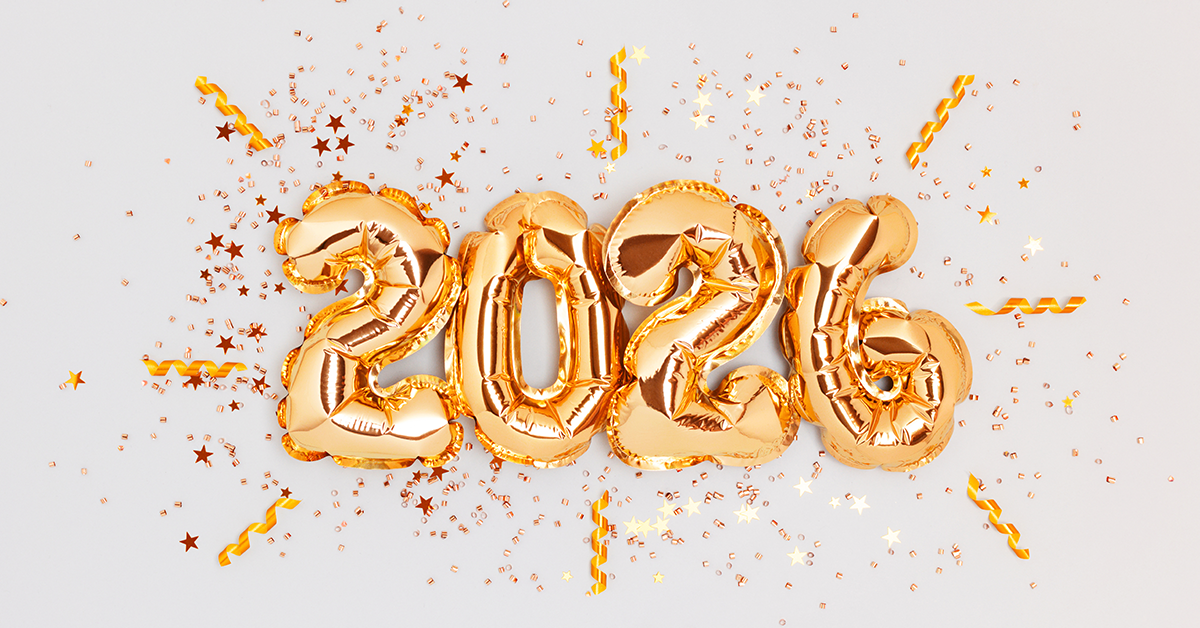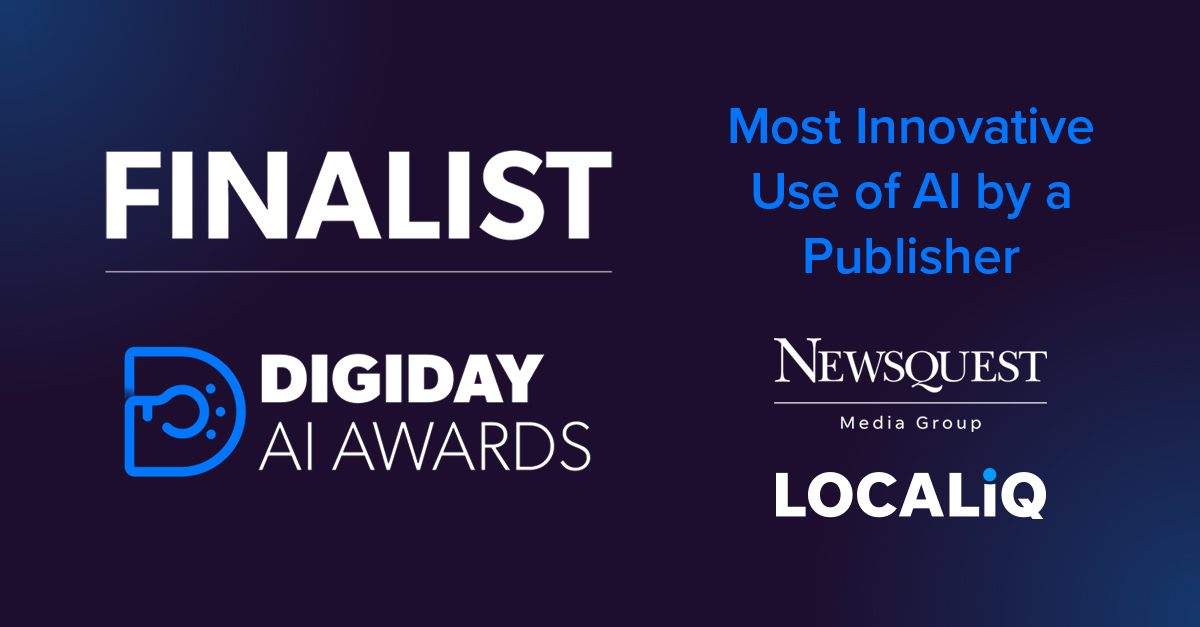We had a record number of registrations for our most recent live webinar, so thank you so much for signing up and attending. Here are some of your questions answered from the live Q&A. You can watch the recording of the webinar here.
1. On which channels should I focus my paid advertising?
While we cannot give a definitive answer to this, as every business is different, we would suggest that you should use the social networks that your potential and existing customers use. To establish your target market, you may want to map out some buyer personas and establish what social media channels they use frequently.
2. How should I measure the success of a paid campaign?
You can look at several metrics to assess your campaign success, and we suggest that you use both native metrics and Google Analytics. You will find variances between the cost of the CTR on both. You should also track your impressions and interactions to assess how your campaign is going. We have a blog that explains some of the social media metrics you can track and how to track them.
3. Is it important to understand the social platforms where you’re creating your ads?
Absolutely! Conquer that territory before you invest your money in advertising. In the world of advertising on big platforms like Facebook, there is a lot to learn. Pick one platform, master it, and then move on to the next!
4. What time is best to launch a paid ad on social media?
The best time to launch your campaign, whether it’s a one-time or ongoing campaign, can make all the difference between a successful one and one that doesn’t perform as well.
You might want to consider a paid social campaign if you’re planning holiday promotions, and we even have a blog dedicated to seasonal advertising! Time it right, and you could launch your holiday project at the same time! You need to consider the timings of them (i.e., you would want to launch a Halloween ad by the Beginning of October).
A lot of businesses utilise global trending topics to try to gain brand exposure and engagement. In some instances, this works well. For instance, a store that sells dresses might take to Twitter to share the outfits they’ve enjoyed from a popular awards show. But be mindful of breaking local and global events and act quickly to pause or change any adverts that may appear to be insensitive or in poor taste. Not being reactive to these things can create a bad public perception of your brand.
5. How can I evaluate the performance of the ads?
With the various tracking tools available on social media, you can track almost everything. Real-time metrics (usually provided by the platforms) allow users to review and provide feedback on their performance in real-time. You can also evaluate the success of your social media advertisements using Google Analytics. If you were a client of ours, you would also get access to our client centre which gives you real-time results of any campaigns.
6. Is paid social media worth it?
Yes definitely! Paid social guarantees your ad gets seen and as long as you have selected your audience correctly, it will be seen by the right people. Obviously, that is a massive advantage, being able to select your audience based on their age, location as well as likes and dislikes. For example, if you sold running trainers, you would select hobbies that included running, fitness, going to the gym etc.
7. Regarding a campaign budget: Should I start small say £10 a week for a month or £100 per month to try out each Social Media platform?
It does very much depend on what you are looking to promote and especially the targeting you are looking at, plus what you are after i.e., awareness/website traffic or leads. We suggest that it is worth starting small and building up once you gather data.
Facebook is a good example – you can enter a draft campaign with your budget and enter the targeting you are looking at; it will estimate how many users will see your ad for that current setup. Certain industries result in a higher CPM (cost per thousand impressions) i.e., fewer users seeing the ad for your money.
8. How many hashtags should I be using on each platform?
Hashtags are a great way to increase reach, impressions and even engagement. To be effective in using hashtags, you should get together a bank of those you will use regularly which can mix in with some more occasional use ones.
The number of hashtags can vary across all social media channels. For example, you can have up to 30 hashtags on an Instagram post; whereas, on Twitter, you may not get many hashtags as you are quite limited with the character count. Facebook is newer to hashtags and evidence suggests using a few to increase reach. As a rule of thumb, research suggests:
- Facebook: 3-5 per post
- Instagram: Maximum is 30 per post
- Twitter: 2-3 per post
- Linkedin: 5-10 per post
9. If I want to target a specific sector for recruitment or to update them on industry best practices, what would be the best channel?
As LinkedIn is a professional social network, we suggest that LinkedIn is likely the best option for you. One of the main reasons is that you can target by industry or job role. In addition, there are likely groups on LinkedIn that you can utilise for your search. Another option is that Facebook has similar options for targeting job roles so that is another platform to recommend.
We hope that you enjoyed the webinar, here is the link to watch it again. If you want to be kept up to date with all the latest marketing news as well as details of our upcoming webinars, sign up for our monthly newsletter. Again, we would like to thank you for attending the webinar.






